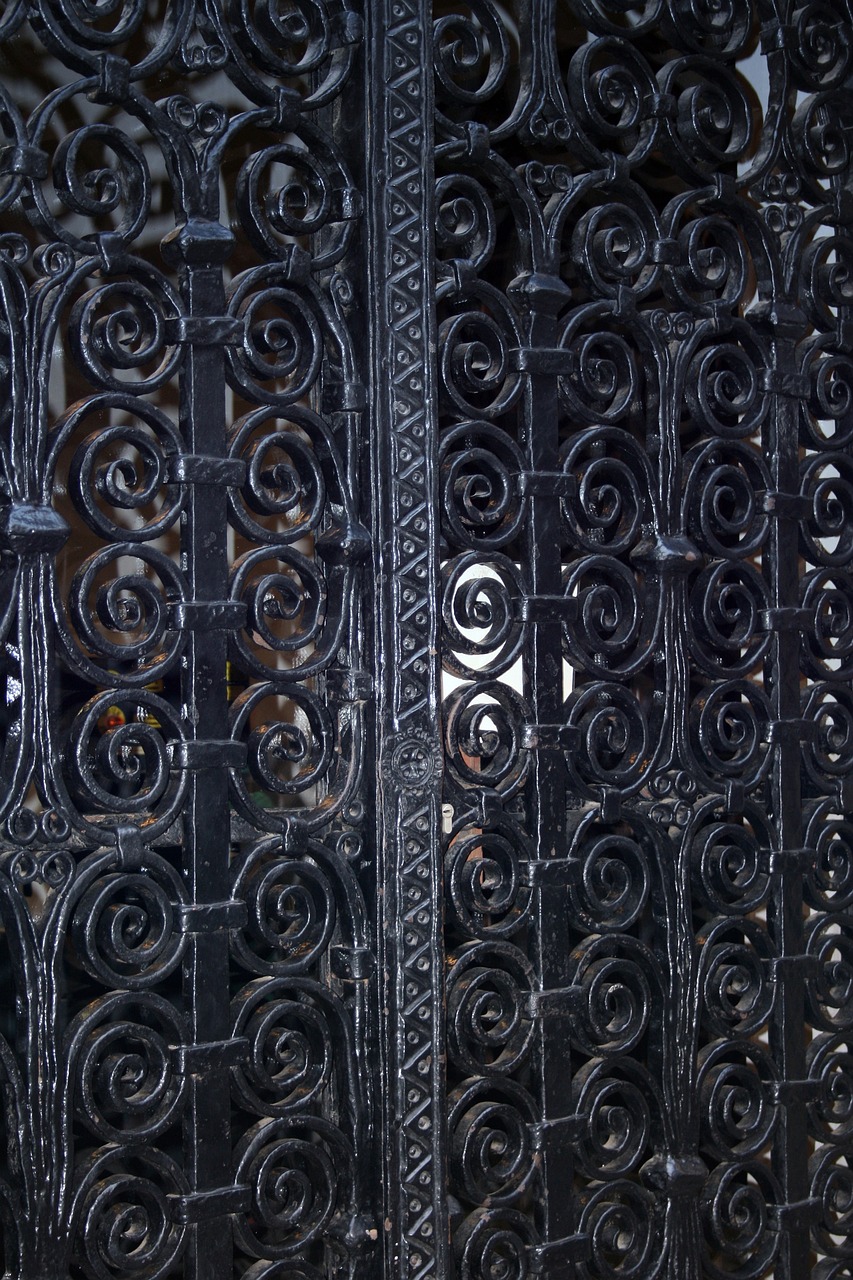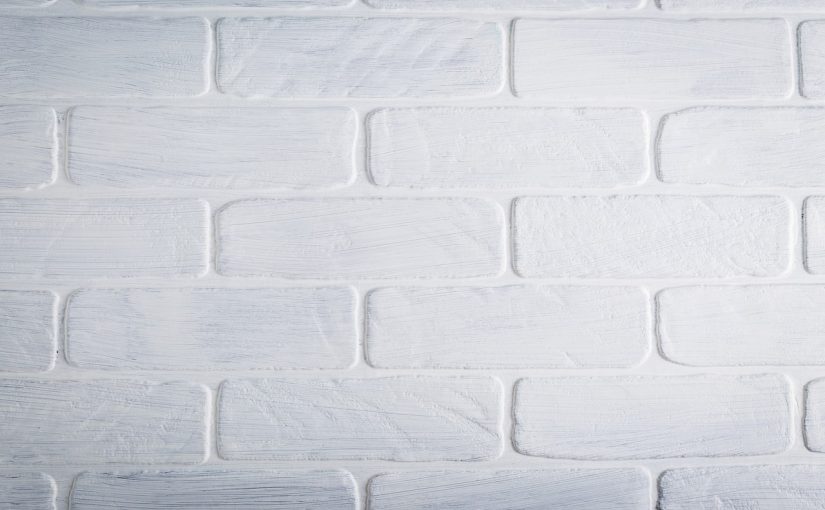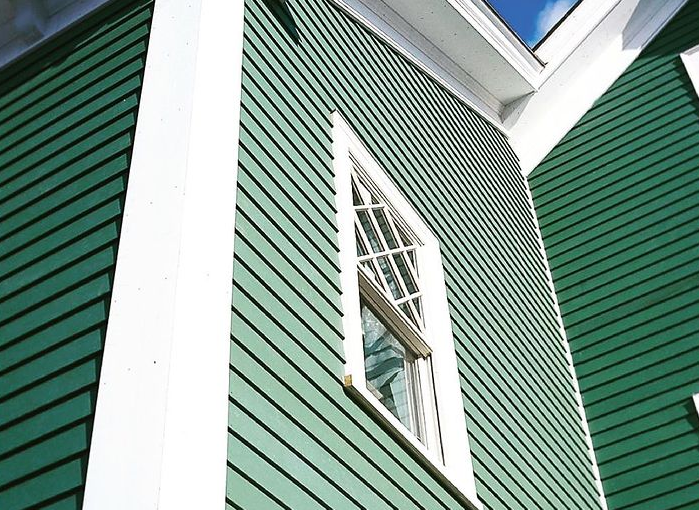Imagine yourself walking down a cobbled street, admiring the old buildings and their red-brick facades. Have you ever wondered how those beautiful bricks were made? The key to creating a stunning brick building is to use handcrafted bricks, and in this article, we’ll explore the process behind making them.
Firstly, what are handcrafted bricks? They are bricks that have been made by hand without the use of machines. In contrast, modern bricks are made using industrial processes, with machines that mold, shape, and cut them to exact specifications. While modern bricks are efficient to make, they lack the character and charm of handmade bricks.
To make handcrafted bricks, the process starts with clay. The clay is sourced from a quarry and then mixed with water, sand, and other materials to form a wet paste. This paste is then placed into wooden molds, which are shaped to create the desired size and shape of the brick. The molds are then placed out in the sun to dry.
When the clay has dried enough to keep its shape, the bricks are removed from the molds and laid out for further drying and hardening. When the bricks are completely dry, they are fired in kilns at a high temperature to harden them further.
The beauty of handcrafted bricks lies in their imperfections, something that is perfectly commonplace in a handmade process. Brickmakers intentionally leave small imperfections such as finger marks or air bubbles in the clay, which create a unique texture in the finished product. This irregular texture adds to the character of the brick and gives it a rustic appearance that cannot be replicated by machine.
Another benefit of handcrafted bricks is that they are excellent for insulation. The small holes and gaps in the brick allow air to circulate, which helps to regulate the temperature inside a building. This makes handcrafted bricks an eco-friendly choice for construction. The insulation properties of the bricks also help to reduce energy costs over time.
Handcrafted bricks come in a range of colors, shapes, and sizes that can be tailored to fit the specific needs of any building project. They can be made in standard rectangular sizes or custom shapes for arches, corners, and other specific architectural features. They also come in various colors, from traditional red to different shades of brown, gray, and black.
One notable example of the use of handcrafted bricks can be seen in the Taj Mahal. This building is an architectural wonder that was constructed entirely from white marble and red sandstone handcrafted bricks. This combination of materials gives the building a stunning look and is a testament to the beauty of handcrafted building materials.
In today’s world, where machine-made products dominate the market, it can be easy to overlook the beauty of the handmade. But with handcrafted bricks, there is an opportunity to create something truly unique and beautiful. Not only are they visually appealing, but they are also environmentally conscious and can help to keep energy costs low in the long run.
Hand Crafted Bricks is a term used to describe bricks that are made by hand. As opposed to machine-made bricks, handcrafted bricks are made using traditional methods that have been passed down for generations. These handmade bricks are known for their imperfections, such as small air bubbles or finger marks, that give them a unique texture and character that cannot be replicated by machines.
Handcrafted bricks are a thing of beauty that have been used in construction for centuries. They are made by hand, using traditional methods that date back generations. While machine-made bricks may be more efficient to produce, they lack the unique character and charm of handmade bricks. Their insulation qualities make them an eco-friendly choice for construction while their range of colors, shapes, and sizes mean that they can be used in any building project, big or small. Handcrafted bricks are a testament to the beauty of the handmade, and their use in construction a nod to the long-standing traditions of craft and artisanal work.









